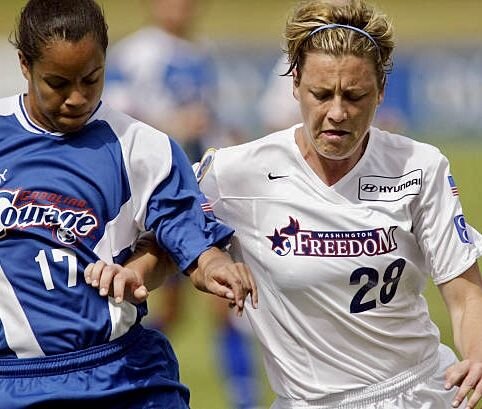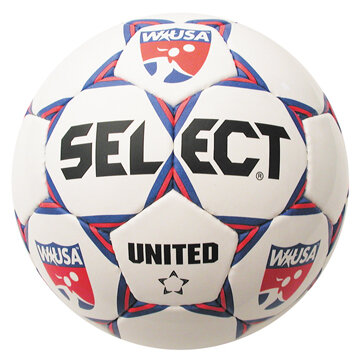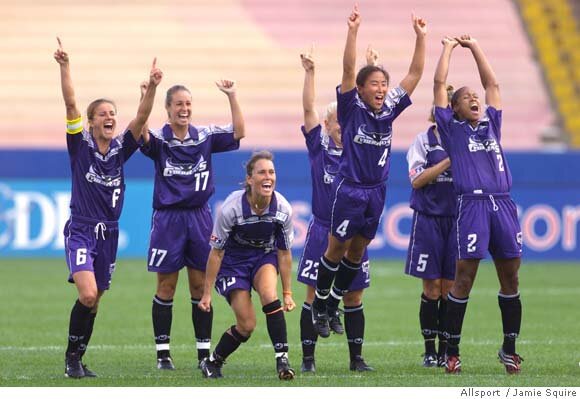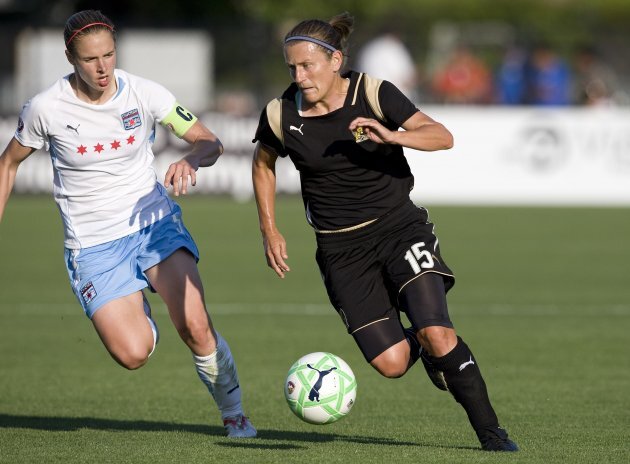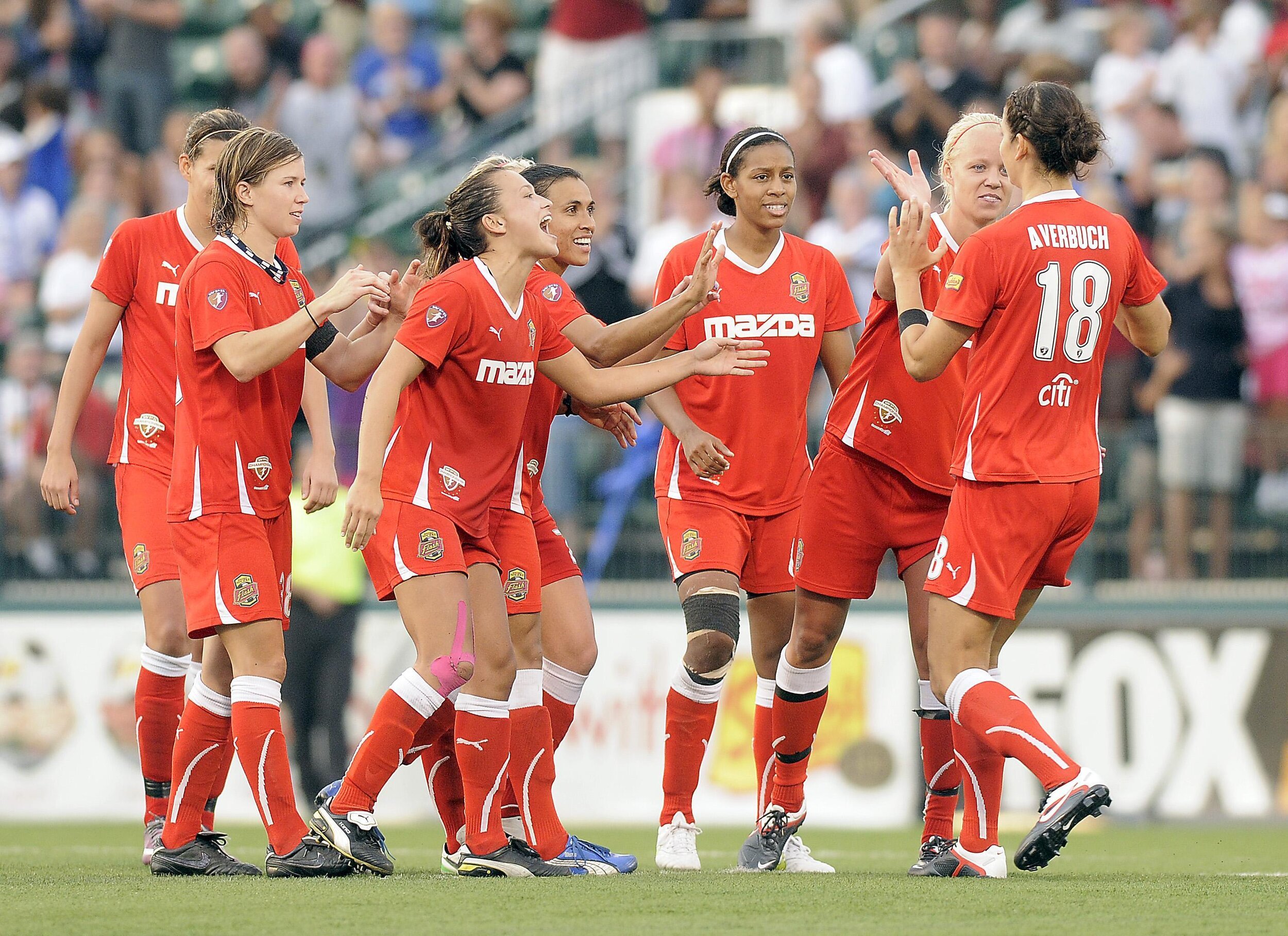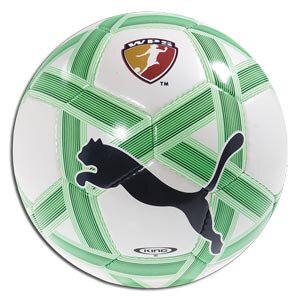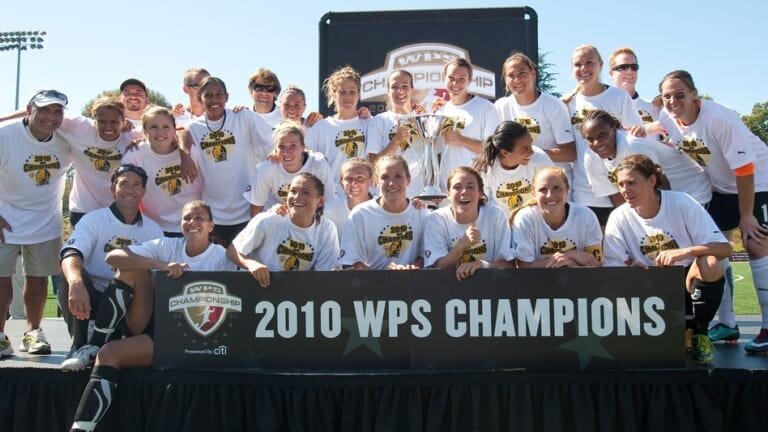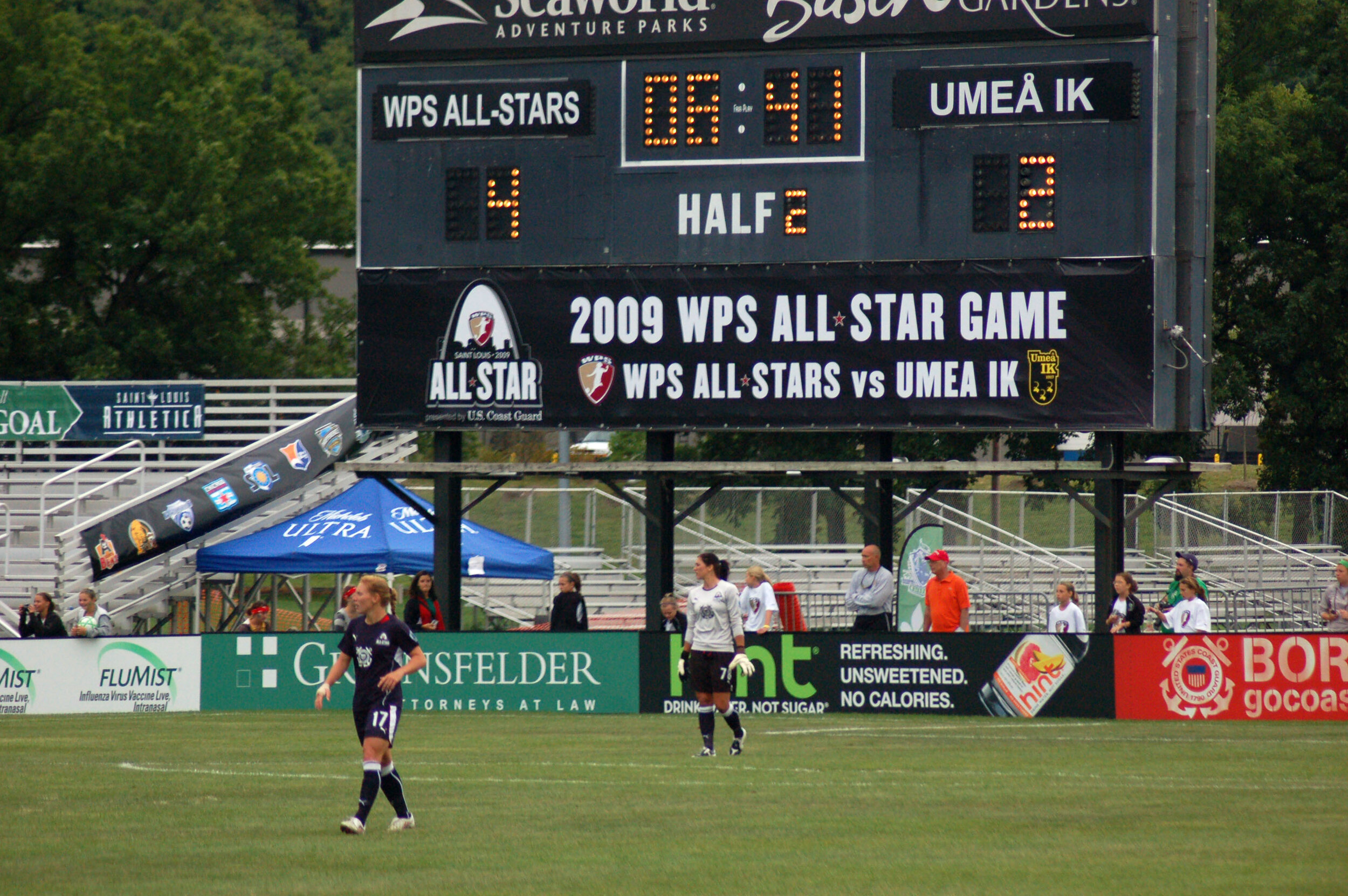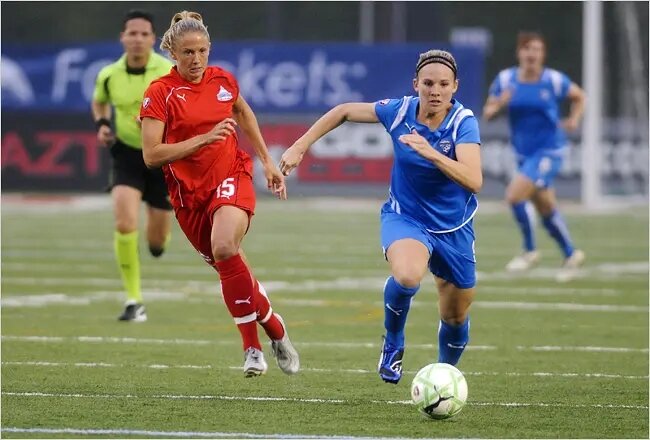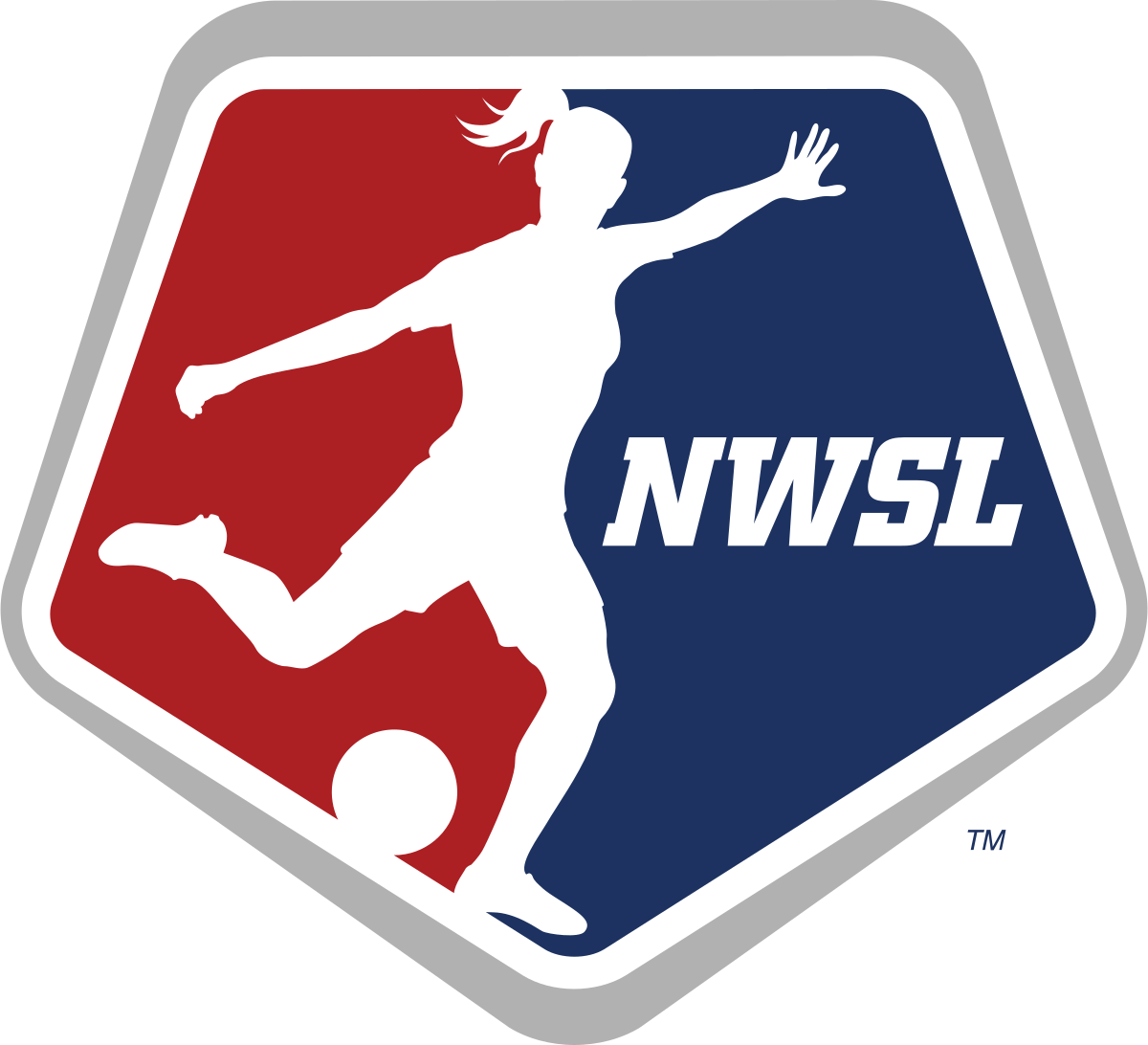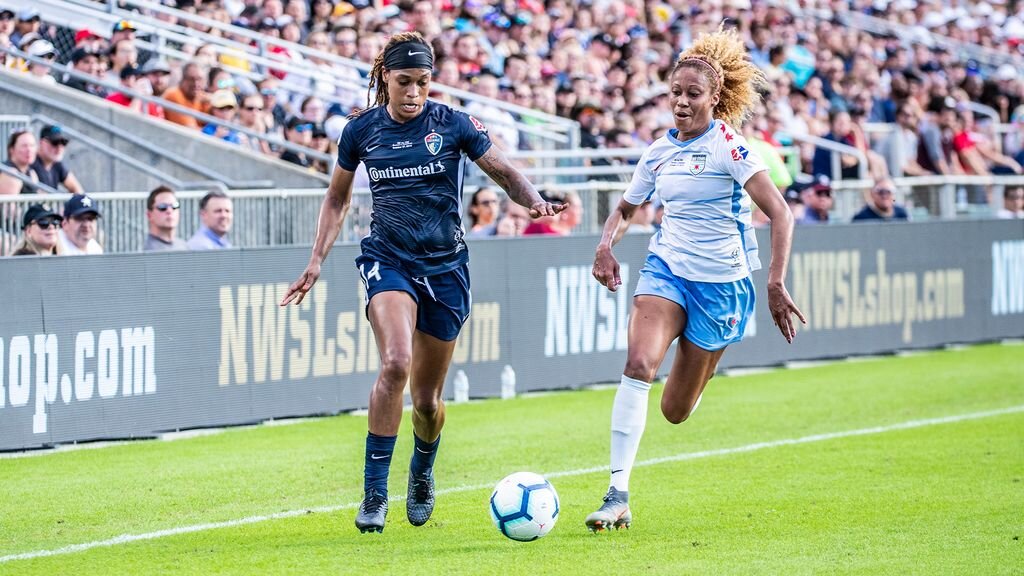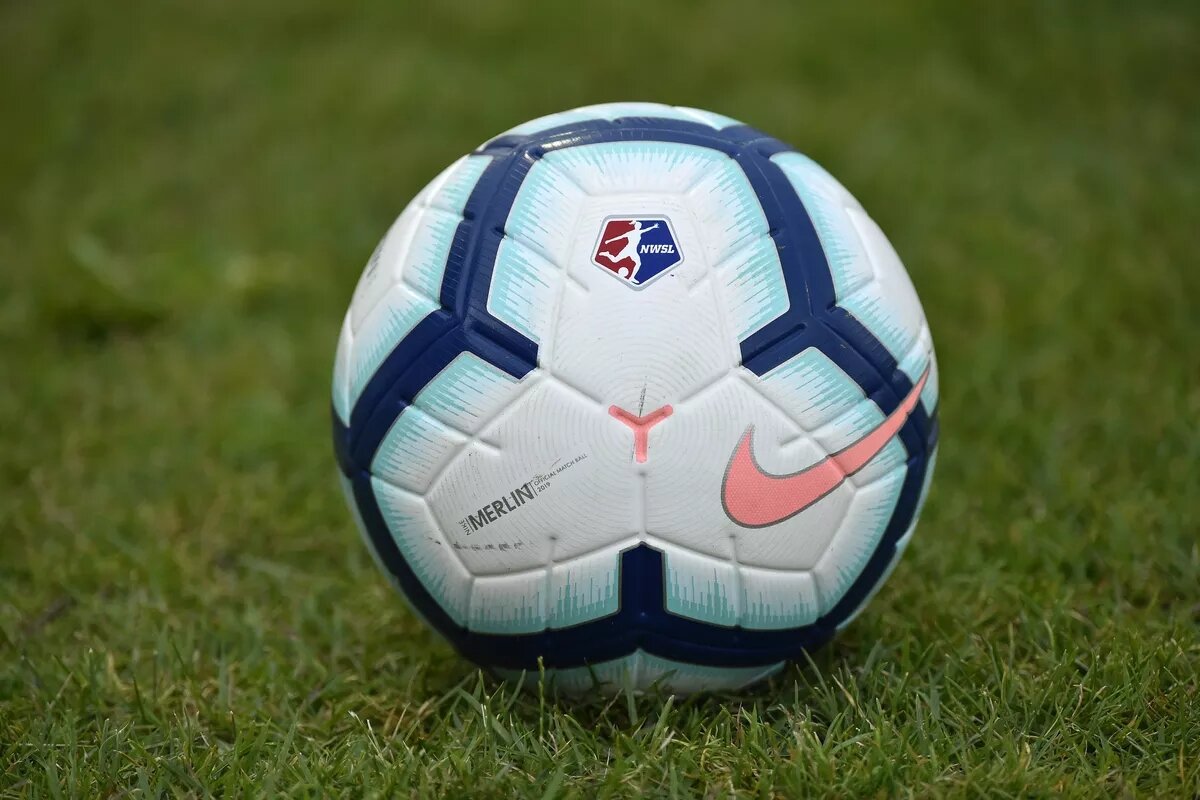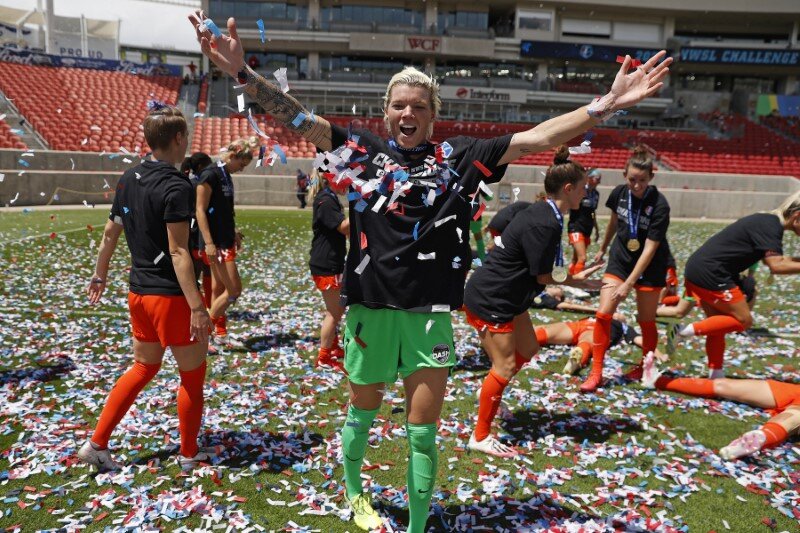As the National Women's Soccer League concludes its deftly assembled 2020 Challenge Cup tournament (with congrats to the Houston Dash on their first-ever major trophy), we enlist sportswriter/soccer insider Beau Dure ("2012: The Year That Saved Women's Soccer") to help us make sense of the confoundingly discontinuous history of the women's pro game in the US over the last 20 years - and the unwitting origin story of the NWSL.
Against the backdrop of an undeniably prolific US Women's National Team - a program that has produced four FIFA Women's World Cup titles, four Olympic gold medals and currently (and regularly) sits atop the FIFA Women's World Rankings - the path to building and sustaining a viable top-tier women's domestic pro league over that time has proven surprisingly quixotic.
While the reasons are myriad, Dure navigates us through:
The Women's United Soccer Association (WUSA): the big-money, TV-backed, John Hendricks-boostered attempt to create a first-ever pro league in the wake of 1999's breakthrough USWNT's World Cup title - but quickly burned through over $100MM and flamed out after just three seasons;
Women's Professional Soccer (WPS): the pragmatic but woefully under-funded attempt to resurrect a circuit - this time with momentum from a 2008 Olympic Gold Medal - but done in by a wobbly investor base, none more dubious than "magicJack" owner-operator Dan Borislow; AND
Today's NWSL: which, through the backstopping efforts of the US Soccer Federation, kept the burning embers of the WPS alive to help reconstruct what is now a seemingly thriving seven-year-old loop that will add its 10th (Louisville) and 11th (LA) franchises in the next two seasons.






